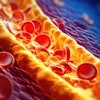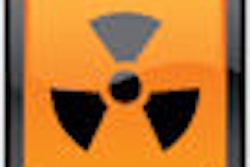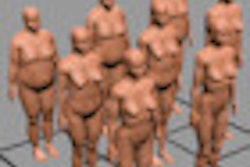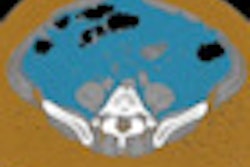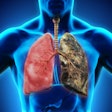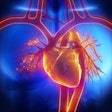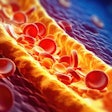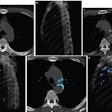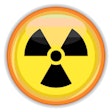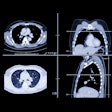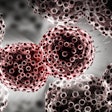An analysis of the risk of radiation-induced cancers to young adults from body CT scans predicts that the majority of cancers will occur in patients who had these exams infrequently. The study results were published in the July issue of the Journal of the American College of Radiology.
Patients who underwent frequent scanning over the five-year study period, representing 0.3% of a cohort of 25,104 young adults, were all critically ill. Almost half (46%) died from conditions of their illness before radiation dose exposure from CT scans could become be a factor in their health, according to lead author Robert Zondervan, of the department of radiology at Massachusetts General Hospital, and colleagues (JACR, July 2011, Vol. 8:7, pp. 501-507).
For the analysis, researchers identified the number of chest and abdominopelvic CT scans performed between 2003 and 2007 on young adults (ages 18 to 35) at three academic hospitals. A total of 25,104 patients were identified as having a total of 45,632 CT scans performed during this time. The frequency of body CT scans performed on these patients was analyzed.
Sixty-nine percent of the patients had only one CT scan during this time period, and 95% of the group had five or fewer CT scans. Patients who had five to 15 exams represented 4.7% of the group.
Only 70 patients had 15 or more CT exams. The majority of procedures were ordered for cancer follow-up; 52.8% of these patients had been treated for cancer. In this group, the lifetime risk of having radiation-induced cancer from the CT scans was estimated to be 2.2%.
By comparison, the risk to the "rarely scanned" group was estimated to be 0.2%, with a predicted cancer incidence of 36 cases and 19 resulting deaths. However, in terms of the number of cases and resultant deaths predicted within the 25,104-patient cohort, this would represent 77% of cancer cases and 73% of deaths.
"As stewards of radiation use in diagnostic imaging, radiologists should facilitate dialogue with referring physicians and contribute their expertise in assessing whether an imaging examination is warranted," the authors wrote. "Reducing sporadic CT scanning in young patients will also require changes in patient attitudes toward medical uncertainty. Ultimately, society as a whole must agree at what point the marginal long-term risk incurred for that certainty is too great."



